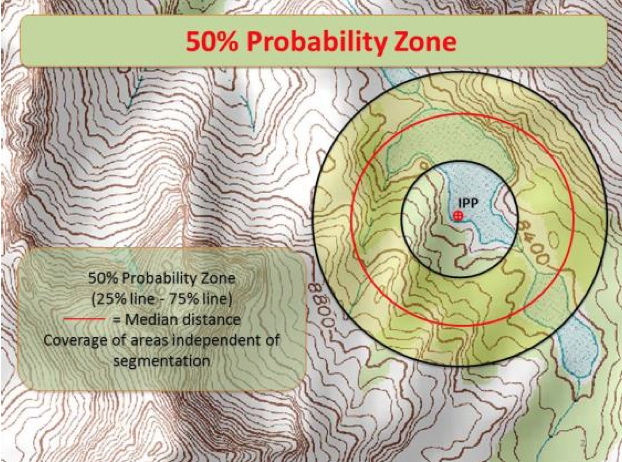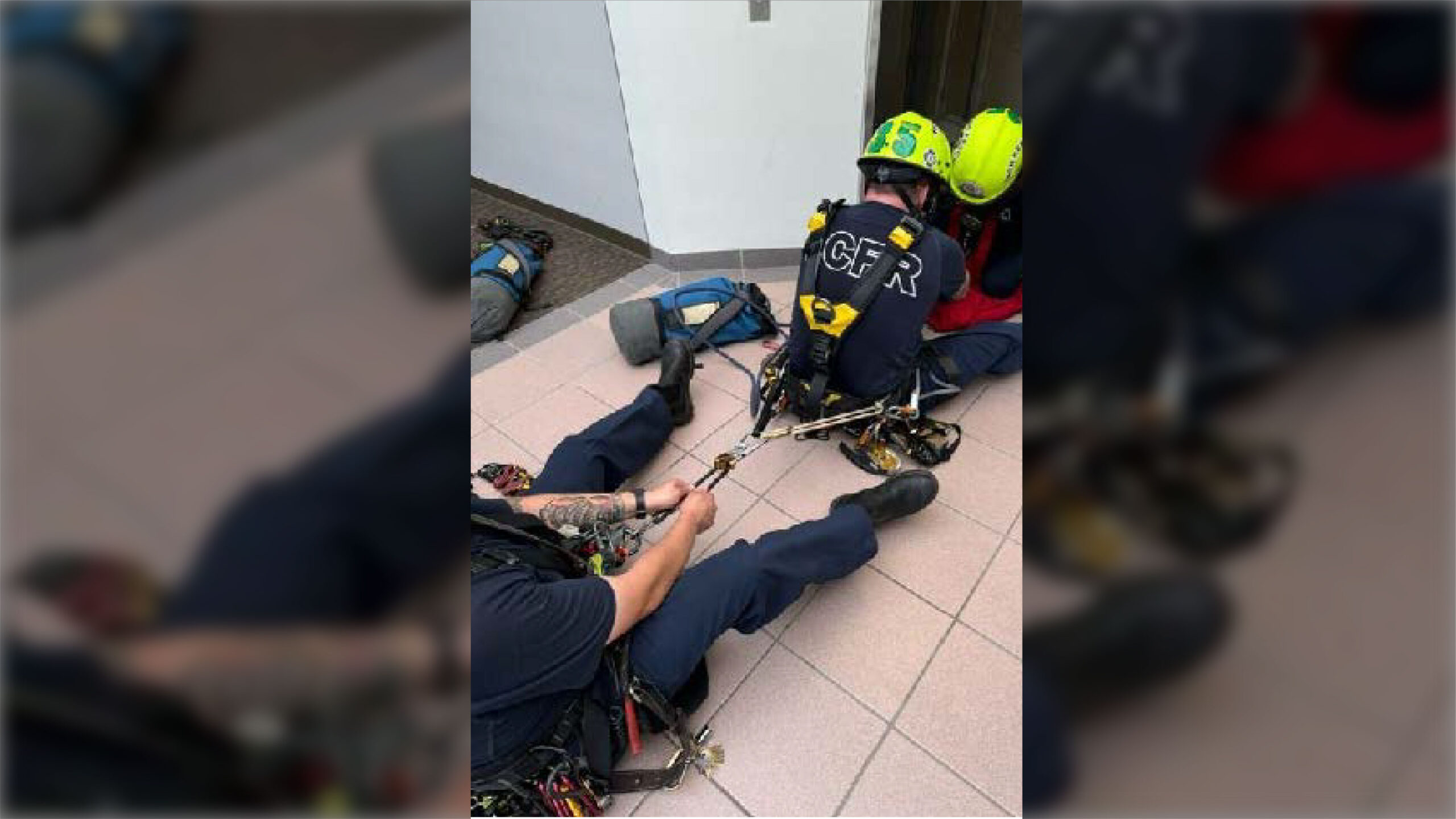
WHERE IN THE WORLD...
Locate, Access, Stabilize and Transport…LAST…is a phrase and acronym often used to describe what is done in a Search and Rescue (SAR).
We spend a great deal of time discussing and training in rescue techniques; the Access component of LAST. Prior to rescue, if it is unknown, we must find what is to become the Subject of our efforts; the Locate component of LAST. In this blog, we will discuss one important aspect of the investigation to locate a missing person.
The word investigation is given emphasis because that is what the search for a missing person is…an investigation. Certainly, the acquisition of Searching and Planning data; the Subject’s name, physical description, habits, etc. is considered the investigative piece of an overall search. It is, in fact, just one part of the investigative effort, which includes everything done until the Subject is located…until the L in LAST is solved.
In my previous blog, entitled “SITUATIONAL AWARENESS: What is it?” we discussed some of the chromosomes present in the DNA of emergency incidents. Two of those always present were a lack of information regarding what was really happening and that a certain percentage of what we do know will be wrong. The need for continued investigation to develop and vet information for accuracy is critical to a successful search. Fortunately, the vast majority of searches are resolved in the initial operational period. Often, this is despite our efforts, but the question remains…where do we look?
Given that the two inherent chromosomal realities described above are in play, we are aided by the investigation and research already done. In his book, Lost Person Behavior, Robert J. Koester expands tremendously on previous work regarding missing person cases. In what he has entitled the International Search & Rescue Incident Database (ISRID), Mr. Koester not only describes the behavior of certain categories of lost persons, but based on extensive case histories provides statistics on the straight line distance subjects in their respective categories were found from the Initial Planning Point (IPP). The IPP is derived from either the subject’s Point Last Seen (PLS) or their Last Known Position (LKP). The difference is a PLS is a verified witness sighting versus an assumed or clue inspired location. The PLS or LKP will likely change during a search, but once the IPP is established it does not. The statistics provided through this historical case study are both revealing and powerful.
Although the use of statistics is only one mode of determining where to search, absent definitive evidence of a subject’s whereabouts they provide a very useful tool. Of particular importance is the median distance from the IPP. The median is that distance which divides the data set exactly in the middle, with half the cases nearer to the IPP and half beyond. It represents more than just 50% of the cases, due to the often found general cluster of cases surrounding the median. The area between the 25% and 75% of cases distance is referred to as the 50% zone. You can add to this valuable database by entering your case statistics at: www.dbs-sar.com/SAR_Research/ISRID.htm.
By: Dan Hourihan
Douglas County (NV) Sheriff’s SAR
Past President, MRA




















